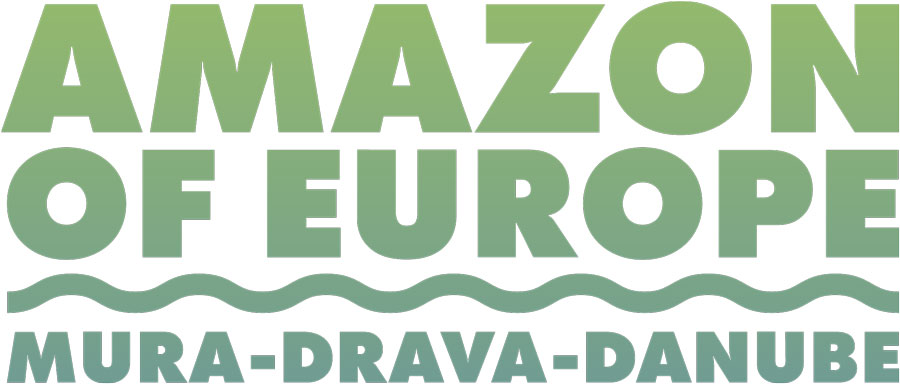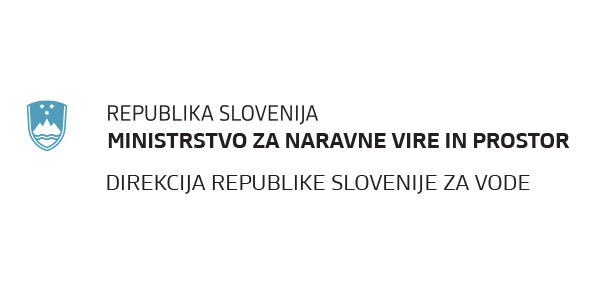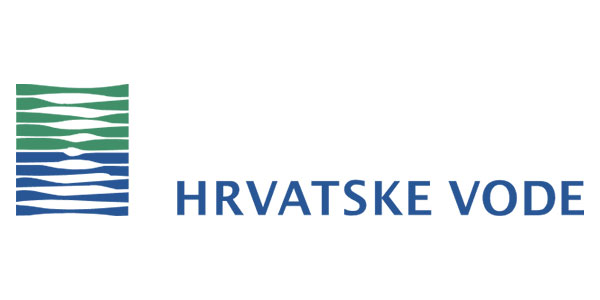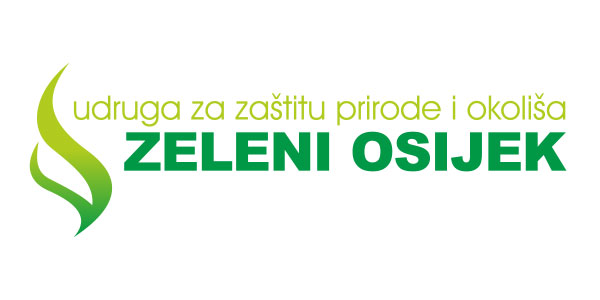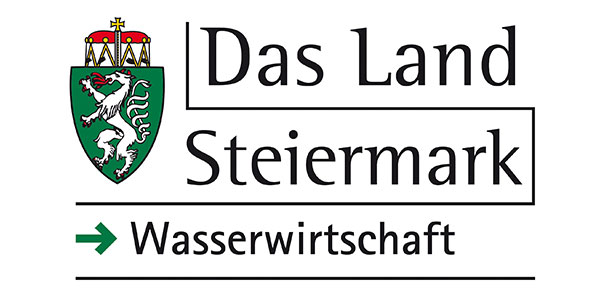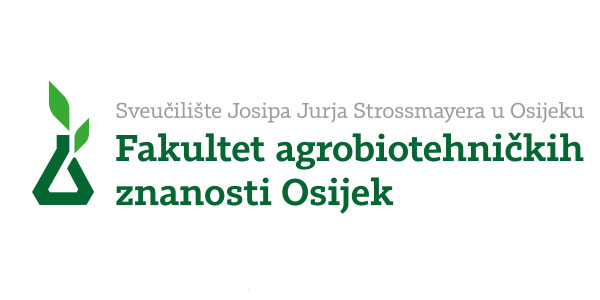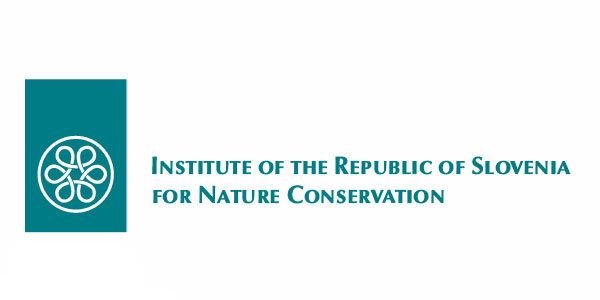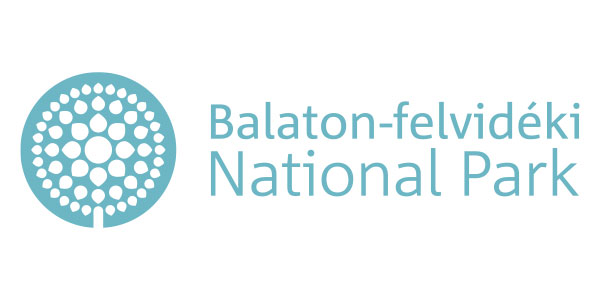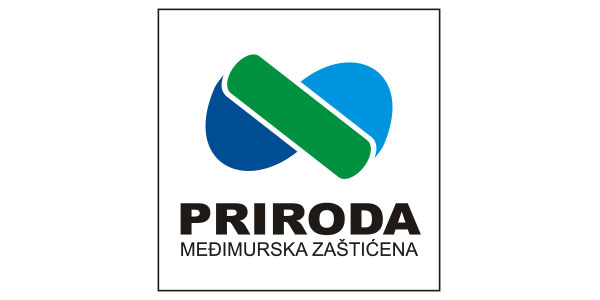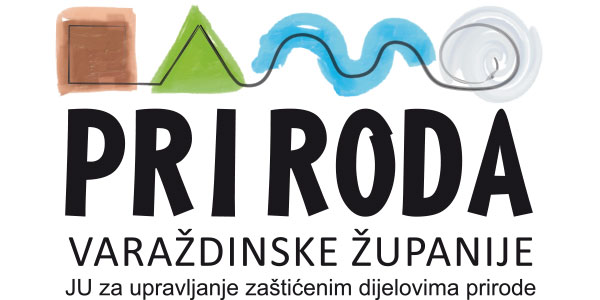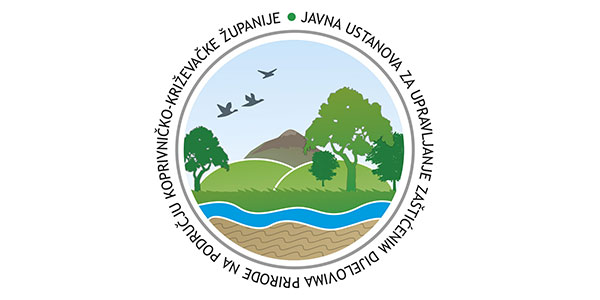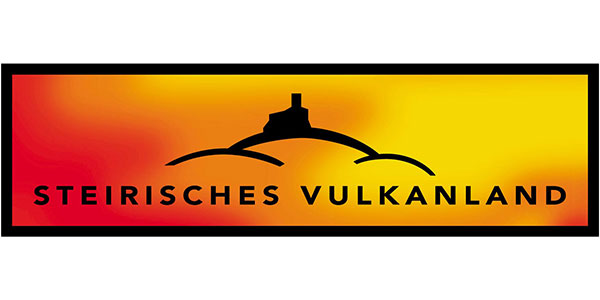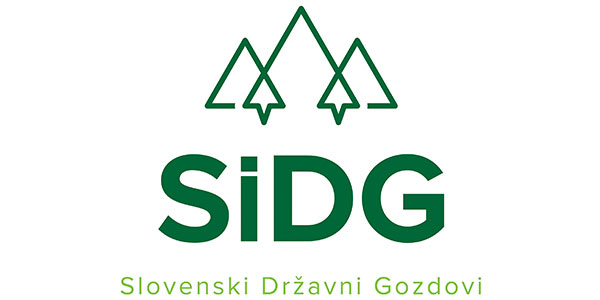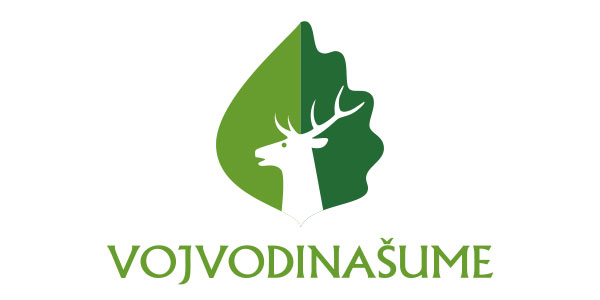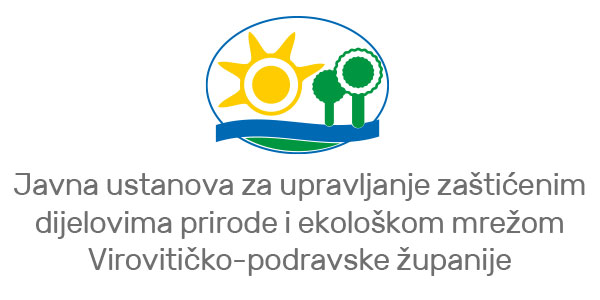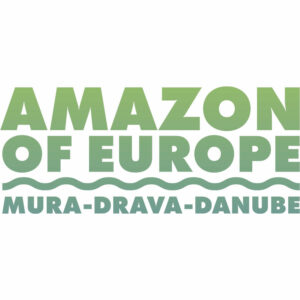LIFE RESTORE FOR MDD
General information
The ‘LIFE RESTORE for MDD – Preserving and restoring floodplain forest habitats along the Mura-Drava-Danube’ project is a joint initiative of Austria, Slovenia, Croatia, Hungary and Serbia to conserve and restore the largest contiguous riparian forests in the UNESCO Five-country Biosphere Reserve Mura-Drava-Danube (TBR MDD). The partners work together to combat the degradation of floodplain forests by restoring and improving 336 ha of floodplains, 54 km of water bodies and mobilising 966,000 m³ of sediment through river dynamics.

The project area is a 2,100 km² large river corridor connecting 17 Natura 2000 sites and other protected areas in the TBR MDD. The sites form a continuous string along 700 km of the three rivers. Floodplain forests account for 49.4% (435 km²) of the area’s forest structure.
River regulation, unsustainable silvicultural practices, spread of invasive alien species, loss of diversity, depletion of gene pools, weakly harmonised transboundary restoration planning have the most negative impact on the status of these habitats. These threats are addressed through restoration measures at 29 sites along the three rivers, where the project partners – made up of water managers, nature conservationists, foresters, protected area managers, regional managers and NGOs – are reconnecting river branches, widening river beds and converting poplar plantations into more natural floodplain forests. The restoration work is supported by extensive public outreach, environmental education and continuous monitoring.
of improved floodplain forest
of mobilised sediment
of reconnected side channels and widened riverbeds
Project map
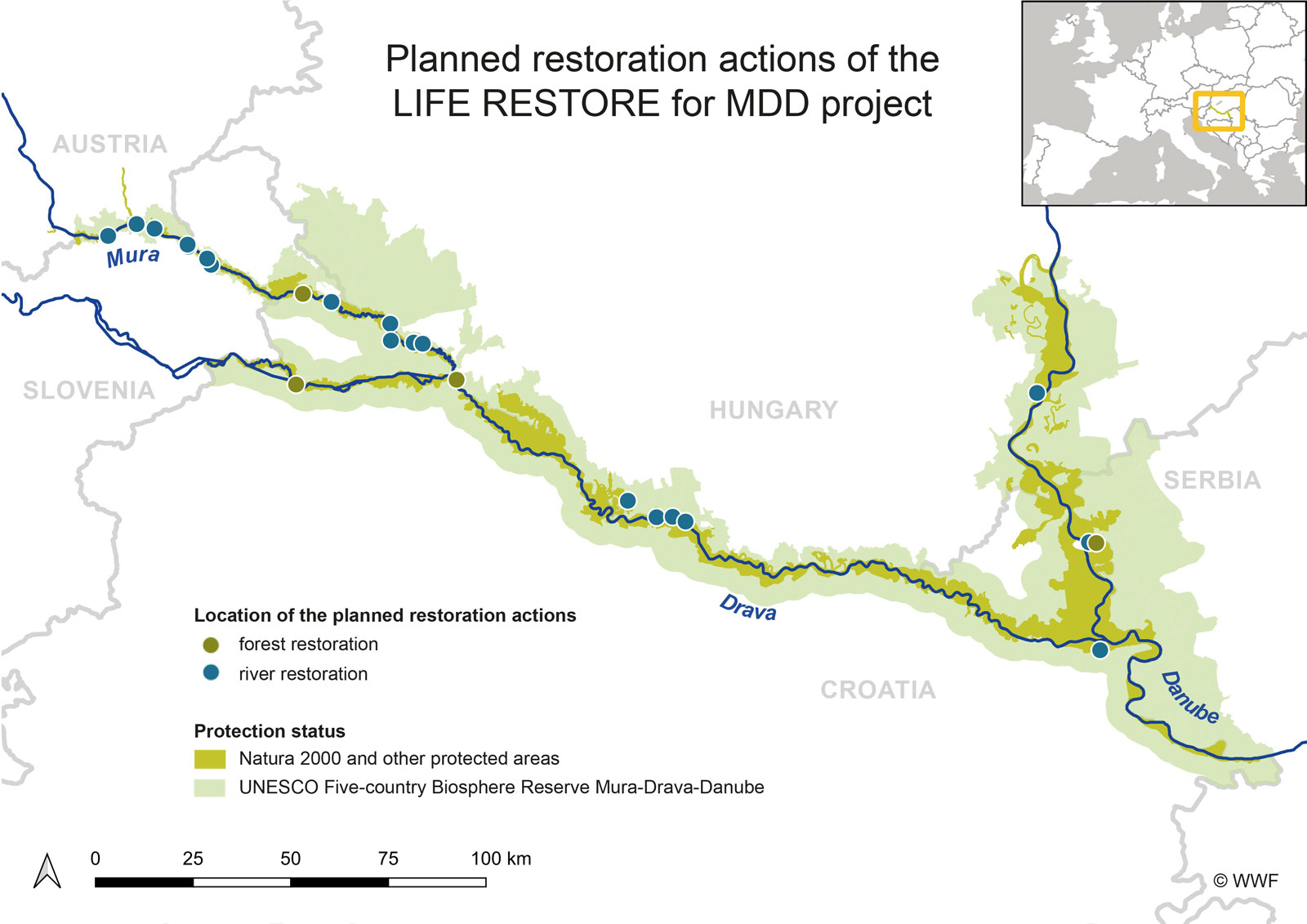
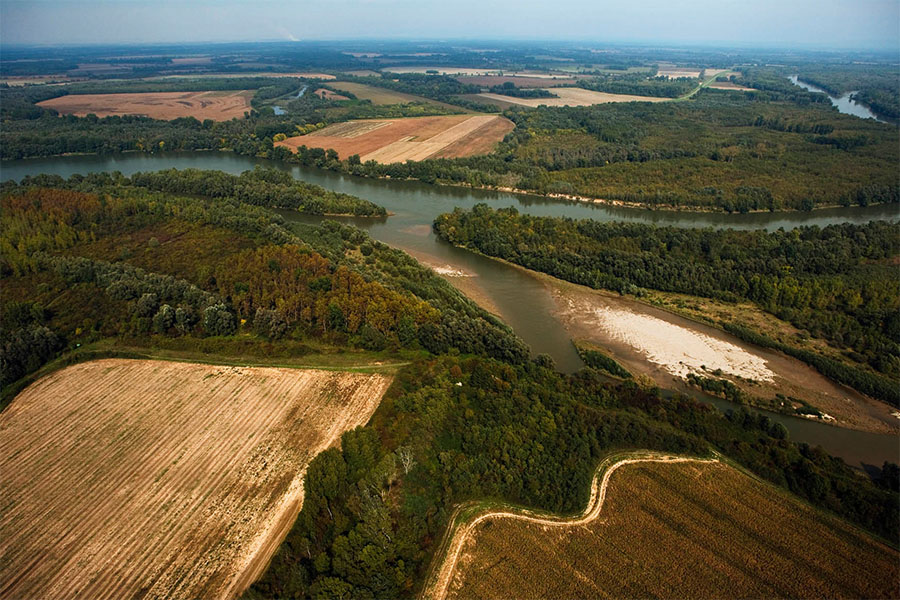
The measures
River morphology will be restored for natural forest rejuvenation on 4 sites. Side channels will be connected with the river and oxbows restored and thus floodplain forests’ conditions improved on 14 sites. Natural forests will be conserved, improved or afforested on 11 sites. Integrative cross-border river restoration planning on 3 pilot river stretches will ensure sustainable results of measures. Communication, awareness raising, education and monitoring will accompany the restoration efforts.
Project News
Habitat types
The planned measures within the LIFE RESTORE for MDD project focus on two key habitat types in the Mura, Drava and Danube floodplains: Priority habitat HT 91E0* alluvial forests and HT 91F0 riparian mixed forests, which are closely linked to and dependent on the natural river dynamics.
These habitat classifications are derived from EUNIS (European Nature Information System), a comprehensive habitat identification framework used throughout Europe. EUNIS covers a wide range of habitat types, from natural to artificial environments, and includes terrestrial, freshwater and marine ecosystems. Each habitat within the system is assigned a unique code, name and detailed description for unambiguous identification and management purposes.
Alluvial forests (HT 91E0* – Priority Habitat)
This habitat type consists of diverse alluvial forests, mainly along rivers and streams. These forests are characterized by trees such as White willow (Salix Alba), Black poplar (Populus nigra), Black alder (Alnus glutinosa) and Common ash (Fraxinus excelsior).
All types occur on soils, which are periodically flooded, nutrient-rich and well drained. Alluvial forests are crucial for biodiversity as they provide habitats for a wide range of species, especially birds, amphibians, insects, and a variety of seasonal plants.
Riparian mixed forests (HT 91F0)
This habitat type is dominated by a mixture of Pedunculate oak (Quercus robur), European white elm (Ulmus laevis), Field elm (Ulmus minor), and ash species like Common ash (Fraxinus excelsior) or Narrow-leaved ash (Fraxinus angustifolia). These forests are adapted to periodic flooding along major rivers. They contain a rich herbaceous layer and are often mixed with other forest types. Riparian mixed forests provide habitats for a wide range of species, reflecting their ecological importance and diversity.
Co-financing

Co-funded by the European Union. Views and opinions expressed are however those of the author(s) only and do not necessarily reflect those of the European Union or CINEA. Neither the European Union nor the granting authority can be held responsible for them.
